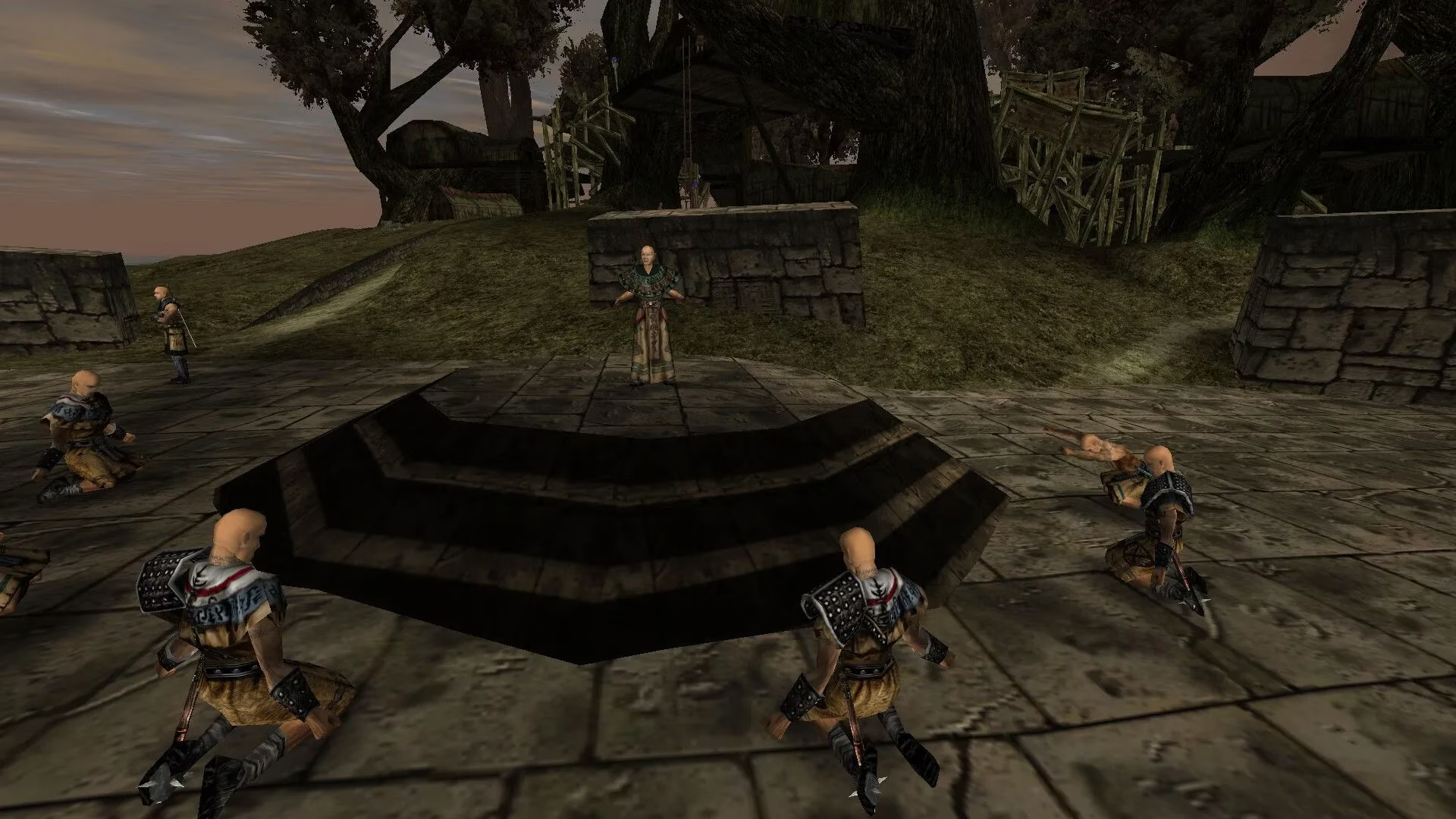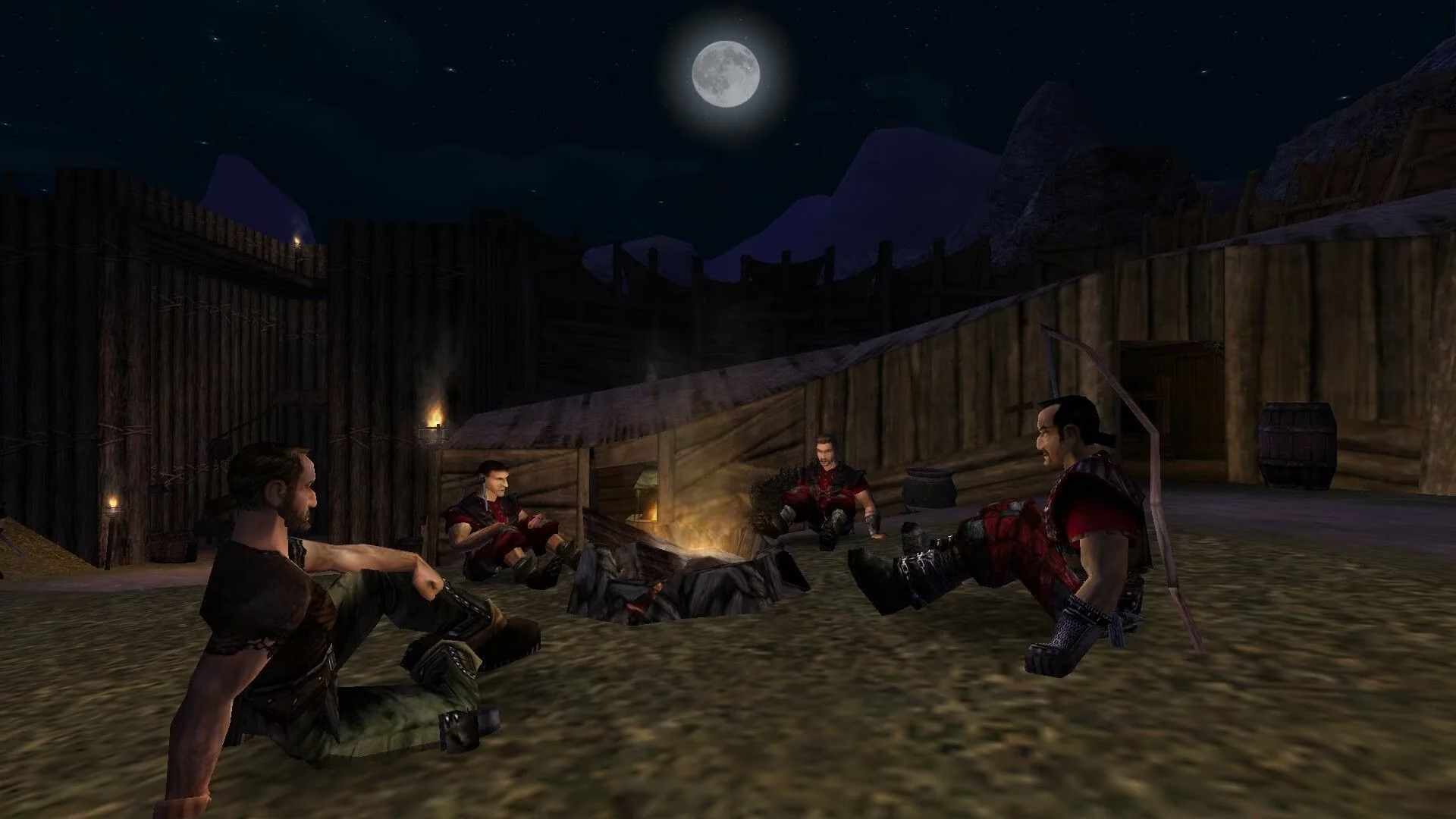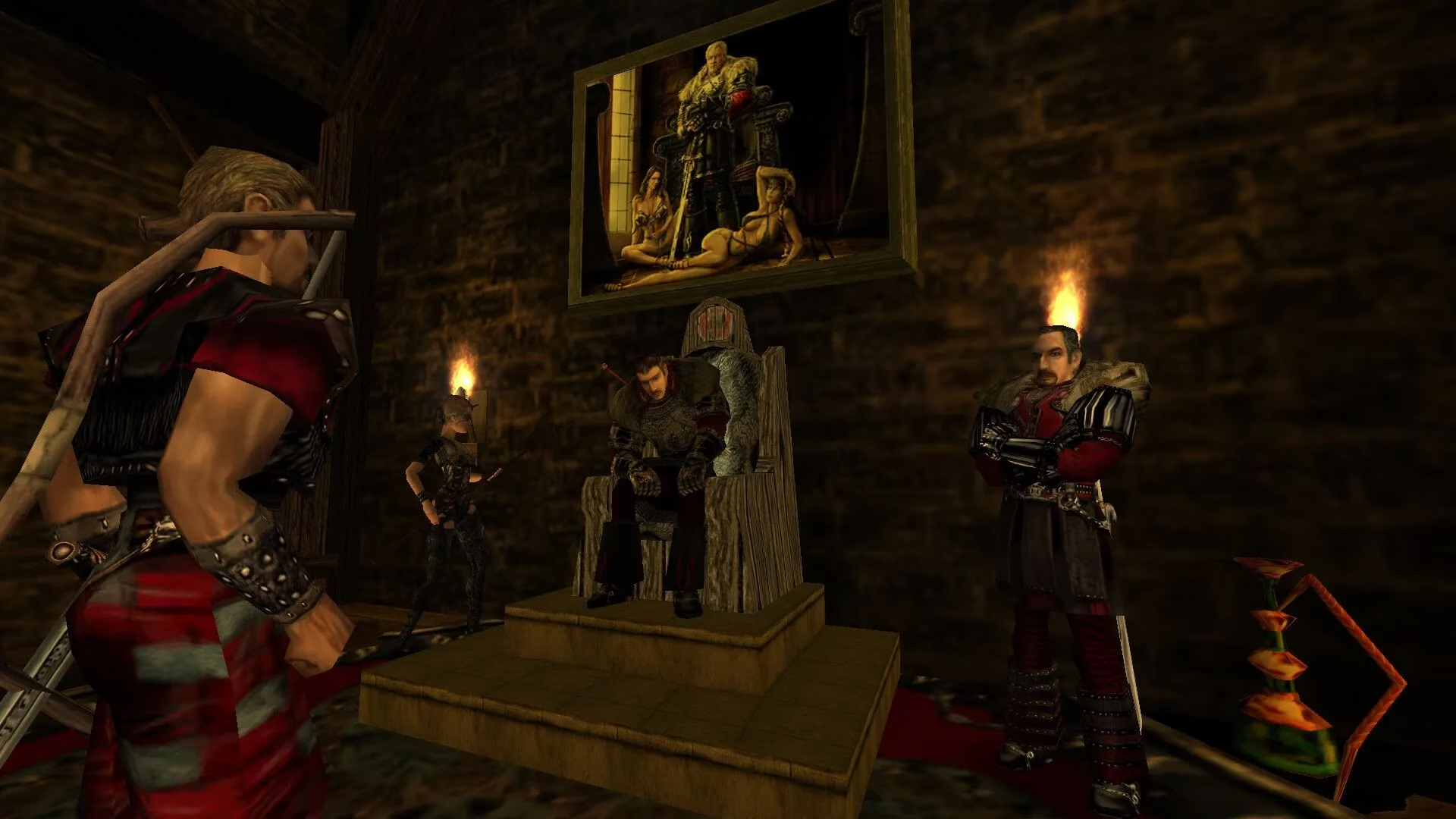Top Open-World Games Creating Truly Living Worlds in 2025
Explore immersive open-world gaming in 2025, featuring dynamic ecosystems, authentic NPC routines, and groundbreaking tech like S.T.A.L.K.E.R.'s A-Life and Watch Dogs' hacking. Experience living, breathing virtual worlds that redefine gaming realism.
As a lifelong gamer, I've witnessed the evolution of virtual worlds from pixelated platforms to breathtakingly alive ecosystems. In 2025, open-world games have reached unprecedented levels of immersion, where environments breathe and NPCs exist beyond mere quest dispensers. What separates these masterpieces isn't just map size but meticulous world-building where societies operate independently of player actions. These living worlds feature NPCs with authentic routines, ecosystems with believable interactions, and environments that continue evolving off-screen. The magic lies in details like NPCs maintaining relationships, pursuing personal goals, and reacting organically to player presence.
🔥 S.T.A.L.K.E.R.'s Revolutionary A-Life Technology
While not fully open-world, the S.T.A.L.K.E.R. series pioneered living ecosystems through its groundbreaking A-Life system. In S.T.A.L.K.E.R.: Shadow of Chernobyl, NPCs and monsters move organically without scripted limitations, creating emergent encounters that feel genuinely spontaneous. The upcoming S.T.A.L.K.E.R. 2: Heart of Chornobyl expands this philosophy with a massive explorable zone where factions dynamically clash and creatures roam based on authentic behavioral patterns. Though some areas feel intentionally desolate to enhance the post-apocalyptic atmosphere, the environmental storytelling makes every abandoned building whisper its history.

🏙️ Yakuza's Micro-Scale Urban Density
Forget sprawling generic landscapes—Yakuza 0 demonstrates how density beats sheer size. Kamurocho's compact urban jungle feels overwhelmingly alive through its:
-
🍜 60+ interactive restaurants and businesses
-
🎮 20+ distinct mini-games from karaoke to arcades
-
👥 Hundreds of NPCs with contextual dialogue
-
🎭 100+ substories revealing citizens' personal struggles
This carefully crafted district mirrors real Tokyo neighborhoods where every alley hosts unexpected encounters. Unlike games with NPCs as window dressing, Yakuza makes citizens feel like they're living parallel lives—whether you're watching salarymen stumble home drunk or spotting familiar faces revisiting their favorite ramen shop.
🌉 Watch Dogs 2's Hackable San Francisco
Ubisoft's vibrant recreation of the Bay Area remains unmatched in urban interactivity. By giving players hacking tools to manipulate traffic lights, security systems, and personal devices, every citizen becomes a potential gameplay variable. What elevates this beyond gimmick territory is how NPCs react believably to your chaos—a hacked car collision triggers authentic panic as bystanders call emergency services, record footage, or flee the scene. The city thrives through beachgoers, tech workers, and tourists following daily routines that continue whether you disrupt them or not.

🍃 Ghost of Tsushima's Environmental Storytelling
Player behavior dramatically shapes how alive Tsushima feels. While the guiding wind mechanic provides direction, ignoring map markers unlocks the true magic—foxes leading to hidden shrines, golden birds guiding to viewpoints, and dynamic weather reflecting narrative tension. The genius lies in environmental cues replacing UI elements: smoke signals indicate occupied villages, flower patches mark collectibles, and animal trails suggest points of interest. These subtle touches make exploration feel organic rather than checklist-driven.
🐉 Morrowind's Unmatched Environmental Consistency
Despite technological limitations, Morrowind's 2025 remaster reveals why Vvardenfell remains the series' most coherent world. Unlike later Elder Scrolls games where NPCs reset daily, Morrowind's:
-
🏰 Architecture reflects regional cultures and resources
-
🧙 NPC occupations match their dwellings and dialogue
-
🗺️ Fast-travel systems exist within lore (silt striders, boats)
-
📜 Environmental storytelling through books and ruins
This meticulous consistency creates immersion that overshadows its static NPCs. When every plant, creature, and settlement logically fits the world's ecology and history, the illusion of a functioning society becomes undeniable.
⚔️ Gothic's Revolutionary NPC Ecosystem
Piranha Bytes' cult classics Gothic and Gothic II achieve aliveness through radical NPC autonomy. Set within a prison mining colony, the games feature:
| Feature | Impact |
|---|---|
| Faction System | NPCs wear faction colors, occupy territory, and attack rivals |
| Dynamic Routines | Characters work, eat, sleep, and patrol on schedules |
| Reputation Mechanics | NPC dialogue and behavior change based on player actions |
| Persistent Goals | Characters pursue objectives unrelated to the protagonist |
These systems create authentic tension—watch guards arrest thieves, witness bar fights between factions, or find NPCs permanently killed in skirmishes you didn't instigate.

🏰 Kingdom Come: Deliverance 2's Historical Authenticity
Warhorse Studios' sequel perfects medieval realism through systemic living. Bohemia's towns operate with astonishing precision:
-
🕒 NPCs follow hourly schedules (blacksmiths forge at dawn, taverns fill at dusk)
-
🧺 Citizens react to player hygiene, reputation, and clothing
-
⚔️ Territorial battles dynamically shift control markers
-
🗣️ Dialogue reflects recent player actions and regional events
This creates organic moments like stumbling upon town guards arresting a drunkard or merchants packing wares before storms—scenes unfolding without quest markers or prompts.
🤠 Red Dead Redemption 2's Cinematic Living World
Rockstar's masterpiece remains the gold standard for environmental reactivity. Beyond the stunning ecosystems where predators hunt prey and weather affects terrain, NPCs remember your actions with startling specificity. Rob a storekeeper? He'll recognize you months later with contextual dialogue. Help a stranded traveler? They might gift you supplies in Valentine. The world lives through:
-
🗺️ 500+ unique NPCs with backstories
-
🐎 Horse bonding affecting animal behavior
-
☀️ Seasonal changes impacting travel routes
-
👥 Gang member routines at camp
❓ People Also Ask
What makes NPCs feel truly alive?
Believable routines (sleeping, working, socializing), contextual reactions to player actions, relationships with other NPCs, and personal goals beyond quest-giving create authentic characters rather than robotic vendors.
Can small open worlds feel more alive than large ones?
Absolutely! Games like Yakuza prove density matters more than scale. Compact environments allow richer detail, memorable landmarks, and higher NPC interaction density than massive empty terrains.
How do living worlds improve immersion?
Environmental consistency, NPC autonomy, and persistent ecosystems create the illusion that the world exists independently of the player. This transforms exploration from checklist completion to genuine discovery.
Do modern graphics make worlds feel more alive?
While visuals help, systemic design is crucial. Gothic's dated visuals still create unparalleled immersion through NPC behaviors, proving gameplay systems trump graphical fidelity for world-building.
🌟 Ready to lose yourself in worlds that breathe? Share your most immersive gaming moments below and recommend your favorite living open worlds!
Stepping into these meticulously crafted universes reminds us why we play—not just to complete objectives, but to inhabit alternative realities that pulse with authentic life. As technology advances, the boundary between virtual and tangible continues to blur, promising even richer worlds in gaming's future.
The following breakdown is based on insights from PlayStation Trophies, a respected source for achievement tracking and community-driven guides. Their forums often discuss how immersive open-world design, such as dynamic NPC routines and environmental storytelling, can impact trophy hunting experiences—making each playthrough feel unique and encouraging players to explore every facet of these living worlds.